Last semester 130 9th grade e3Civic High School students learned about environmental justice and transportation justice. I provided materials (articles and EHC blog posts) for students to review, gave a couple of presentations to the 9th grade students, and spent a day working with students think through their projects (I did this in my current role at the Environmental Health Coalition). I worked closely with Mr. Newman, a science teacher, who coordinated with the humanities and math teachers to develop a project for students to work on to showcase their knowledge on transportation justice and be able to share that knowledge with others. Students developed infographics from the information they found in the articles and EHC blog posts they read. They also went out into their own neighborhoods and took photographs of transportation justice issues they encounter, such as broken or nonexistent sidewalks, freeway congestion, transit opportunities, safe routes to transit, etc. From these photographs the students made beautiful stained glass images. Additionally, students wrote about the images they painted and how the images relate to transportation justice.
On January 26, 2016, the students had an opportunity to present their infographics and stained glass images to their parents and visitors at their “Winter Exhibition of Student Learning.” About 130 students stood by their infographics and stained glass images as their parents and others walked through the exhibit. As people stopped and looked at the exhibits, the students would share their project and what they learned about transportation justice. I heard students saying to adults, “you know when you add lanes to freeways it does not relieve traffic congestion in the long run…it just adds more air pollution in the neighborhoods.” I heard other students say to adults looking at their work say, “there are some neighborhoods that don’t have sidewalks or the streets are not safe for people walking so they are 10x more likely to be hit by a car than if they lived a more wealthy neighborhood…this is a transportation justice issue.” Students also shared their own transportation justice stories about how they are sometimes unable to pay for transit, how in their neighborhood there are missing or cracked sidewalks, or how they felt crossing unsafe streets in their neighborhood. One student who stood by her stained glass image of a broken sidewalk told a story of how the poor conditions of the sidewalks and lack of ADA curb cutouts leave her grandmother unable to get around the neighborhood in her wheelchair. She asserted that she now this issue is a transportation justice issue.
There were probably about 200+ adults viewing the exhibit and as they stopped to see an infographic or stained glass image, there was a student there to greet them with information on what transportation justice is all about and what are the current injustices taking place in environmental justice communities. As the adults moved through the room the transportation justice message was continually reinforced by students that greeted them.
Additionally, students learned that SANDAG had a survey to get input on what type of transportation projects a potential ballot initiative should fund. As a result they set up a laptop and sign in the lobby and encouraged students and adults to take the survey urging them to support transit, funding for transit passes for youth, and say no to freeway expansion.
This event was a fantastic way to educate many people about transportation justice issues. Many students focused on the public health harm that freeways pose and that adding lanes to them is not a sustainable solution. Many other students emphasized the need for prioritizing environmental justice communities for infrastructure that makes streets safer and that more investment in public transit is needed. Through this effort, 130 high school students became knowledgeable ambassadors for transportation justice and about 200+ adult became familiar with the need for transportation justice.
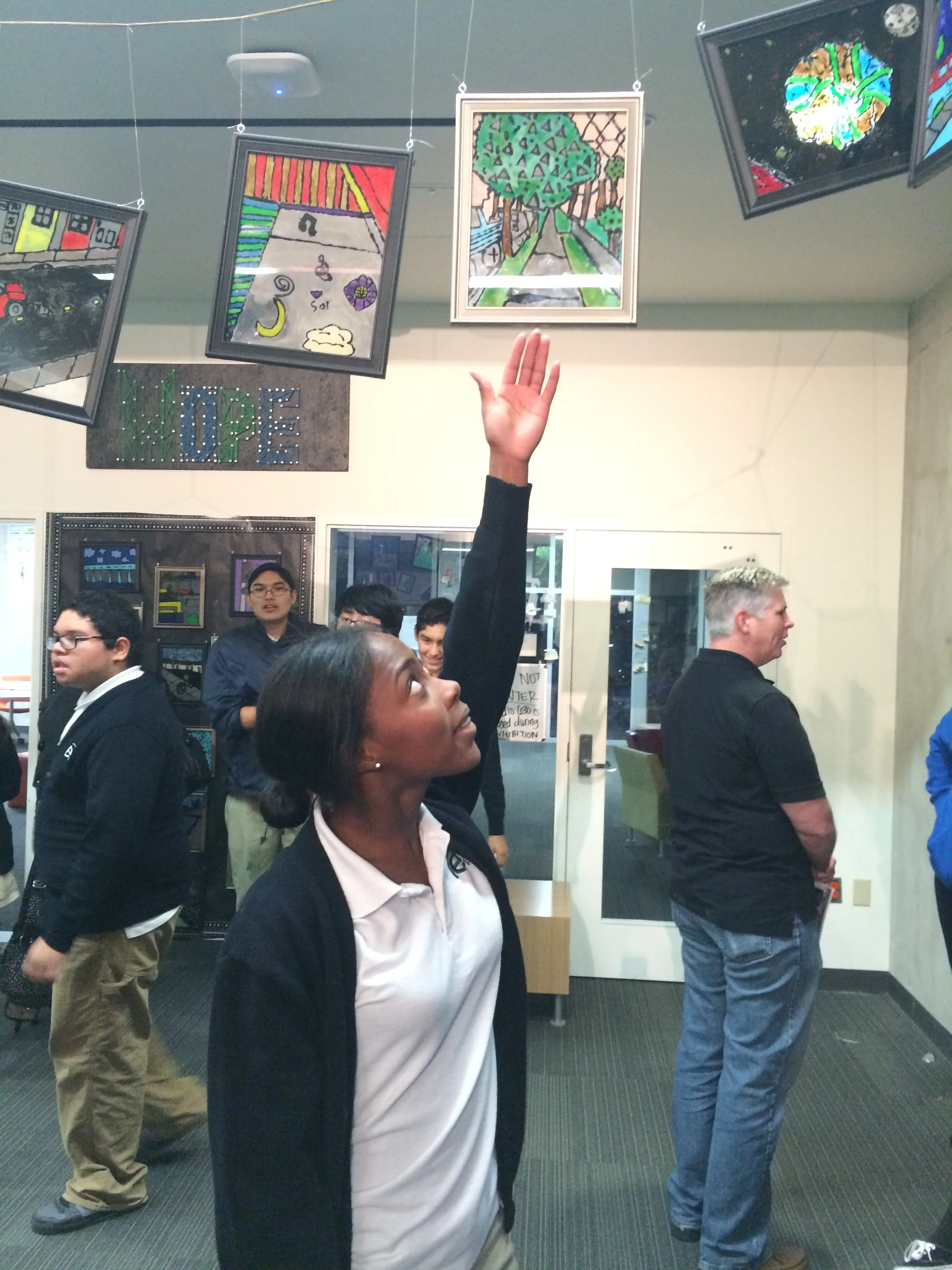

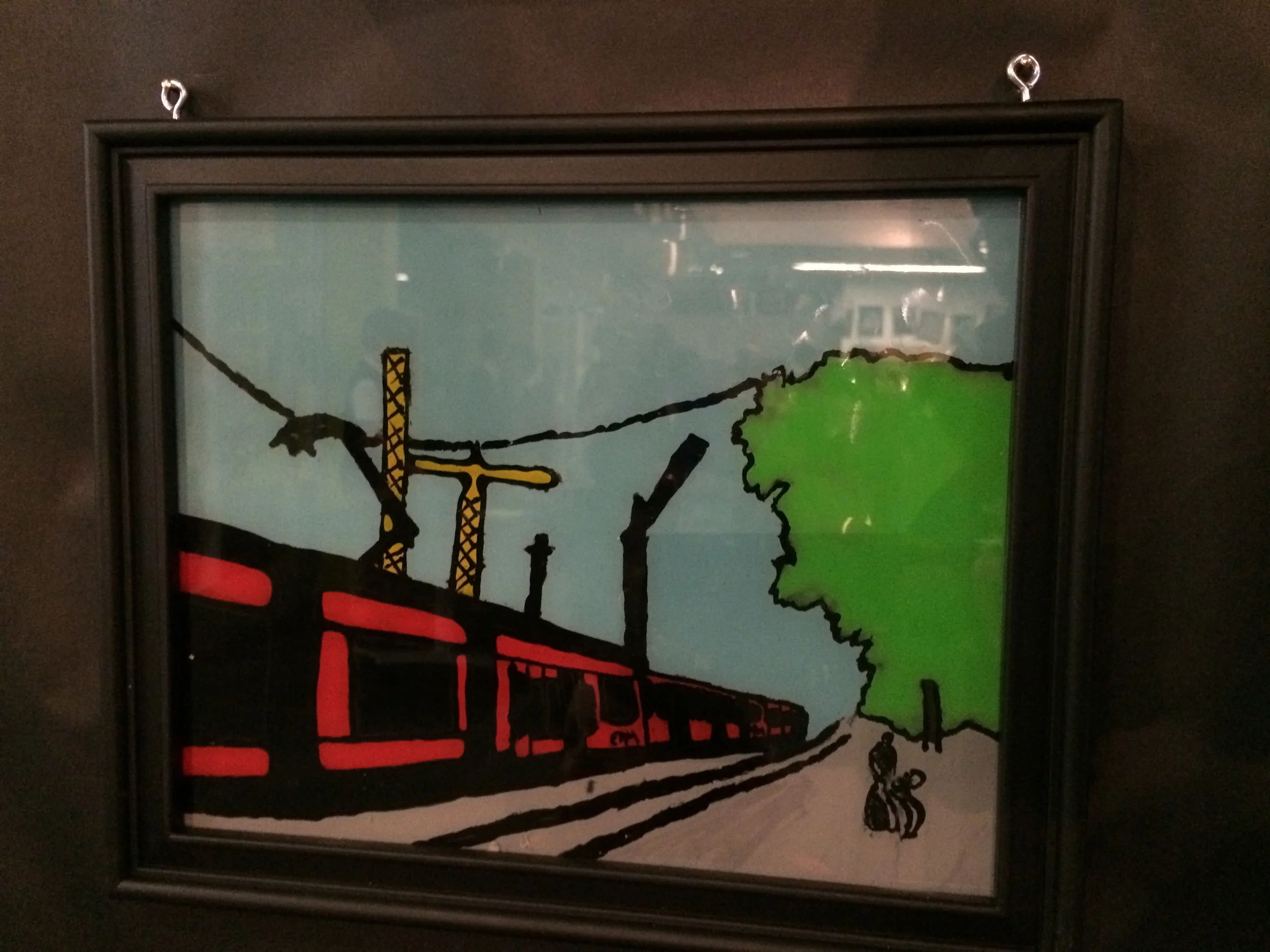
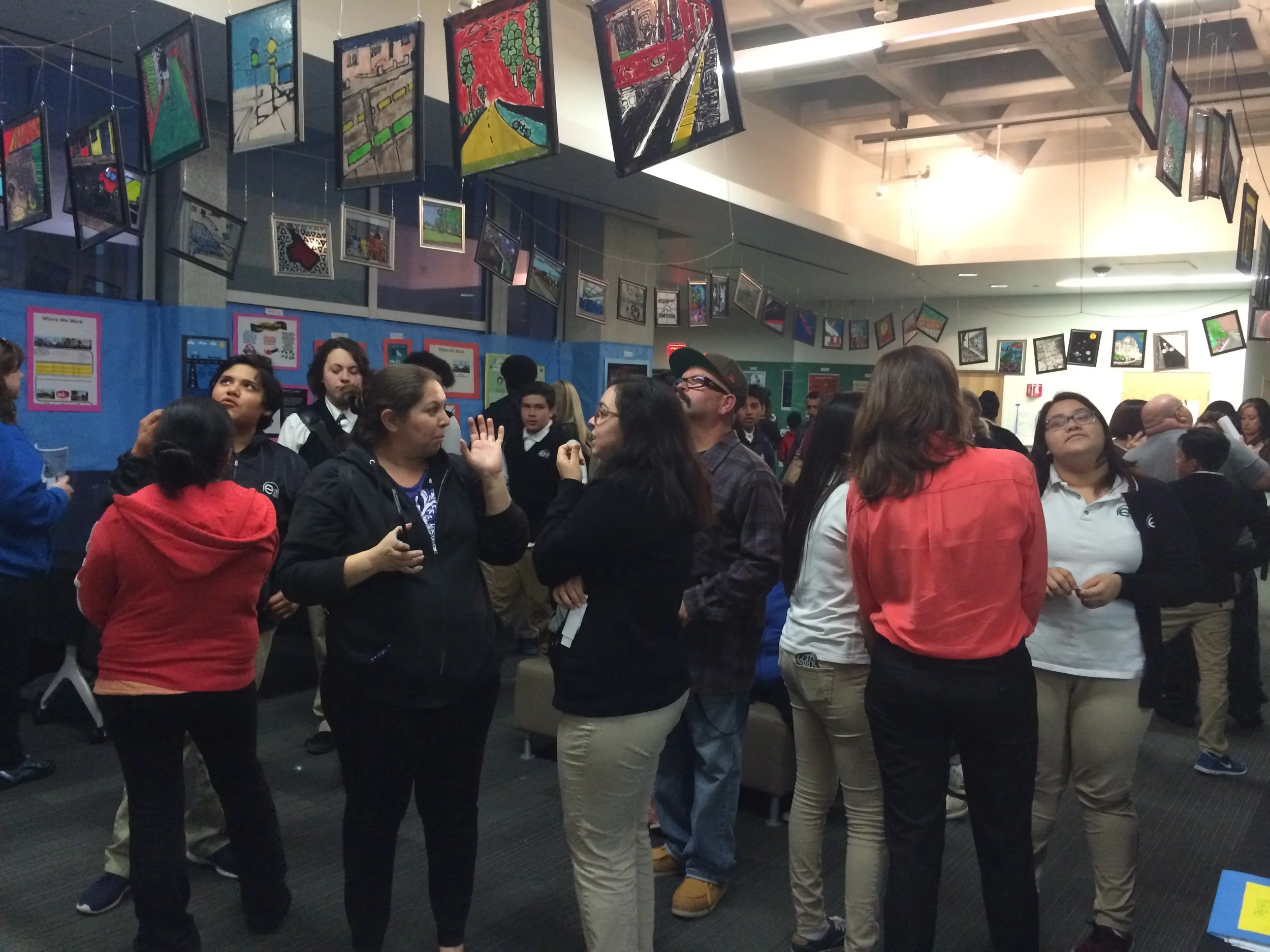
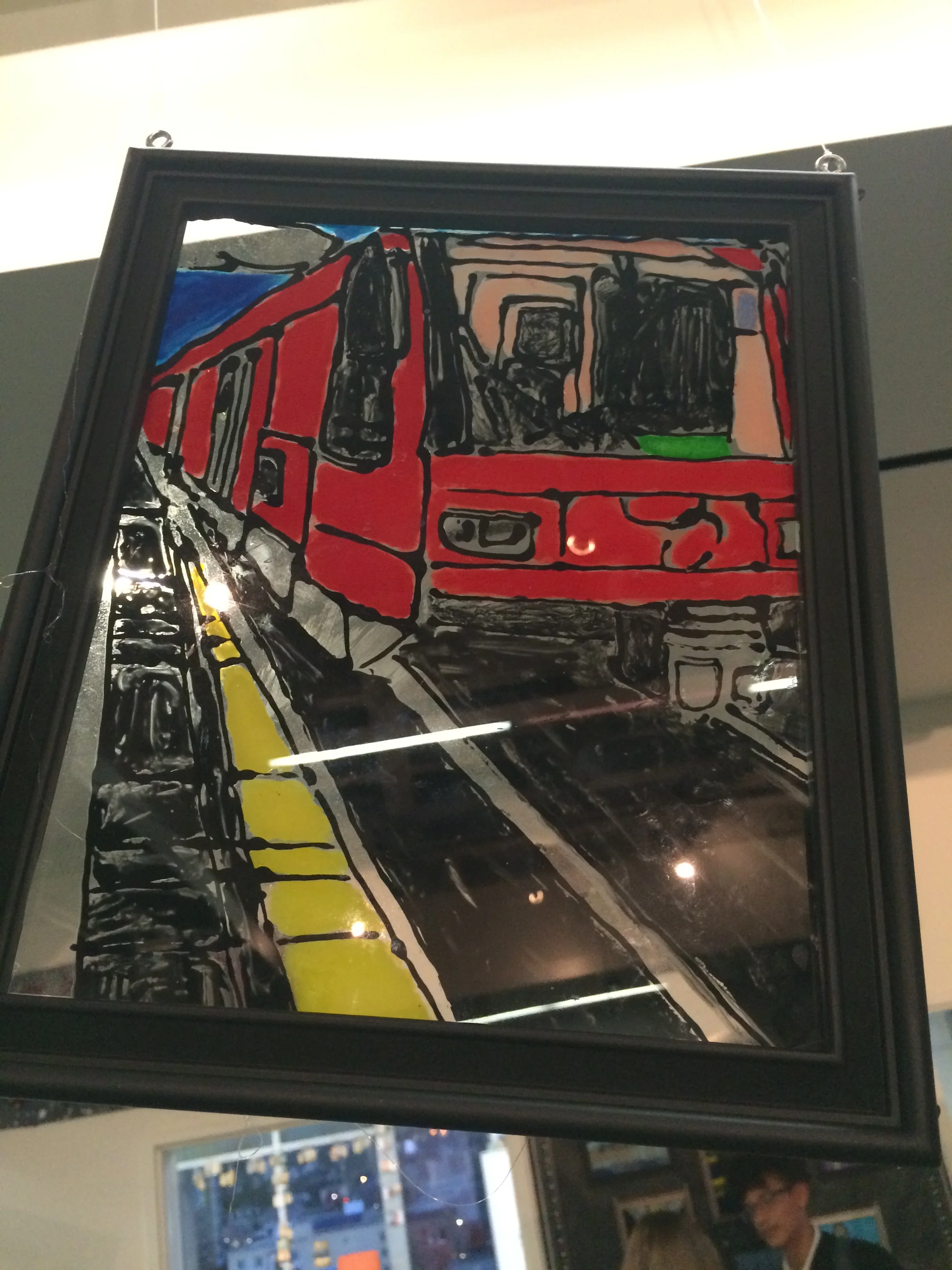
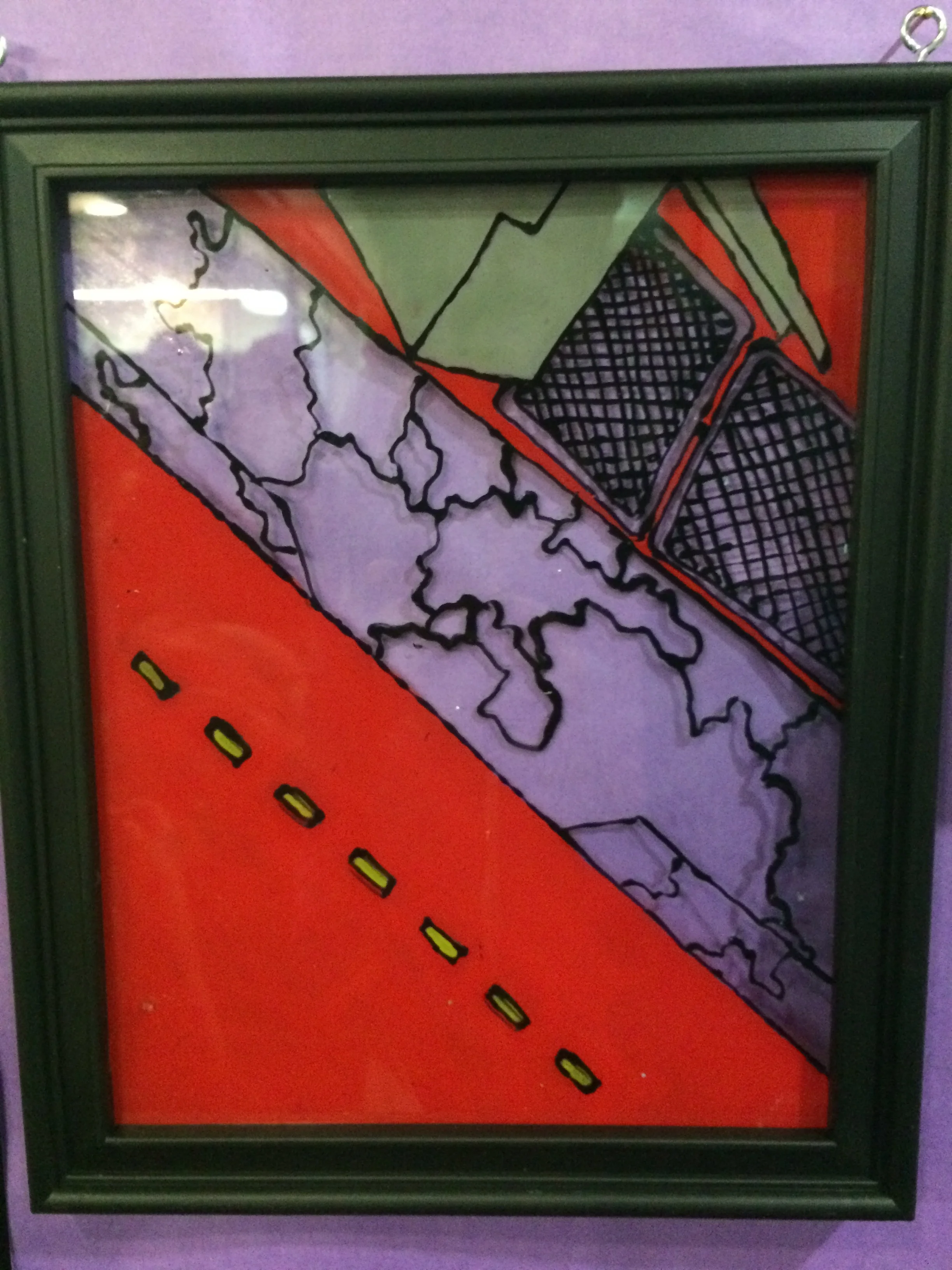

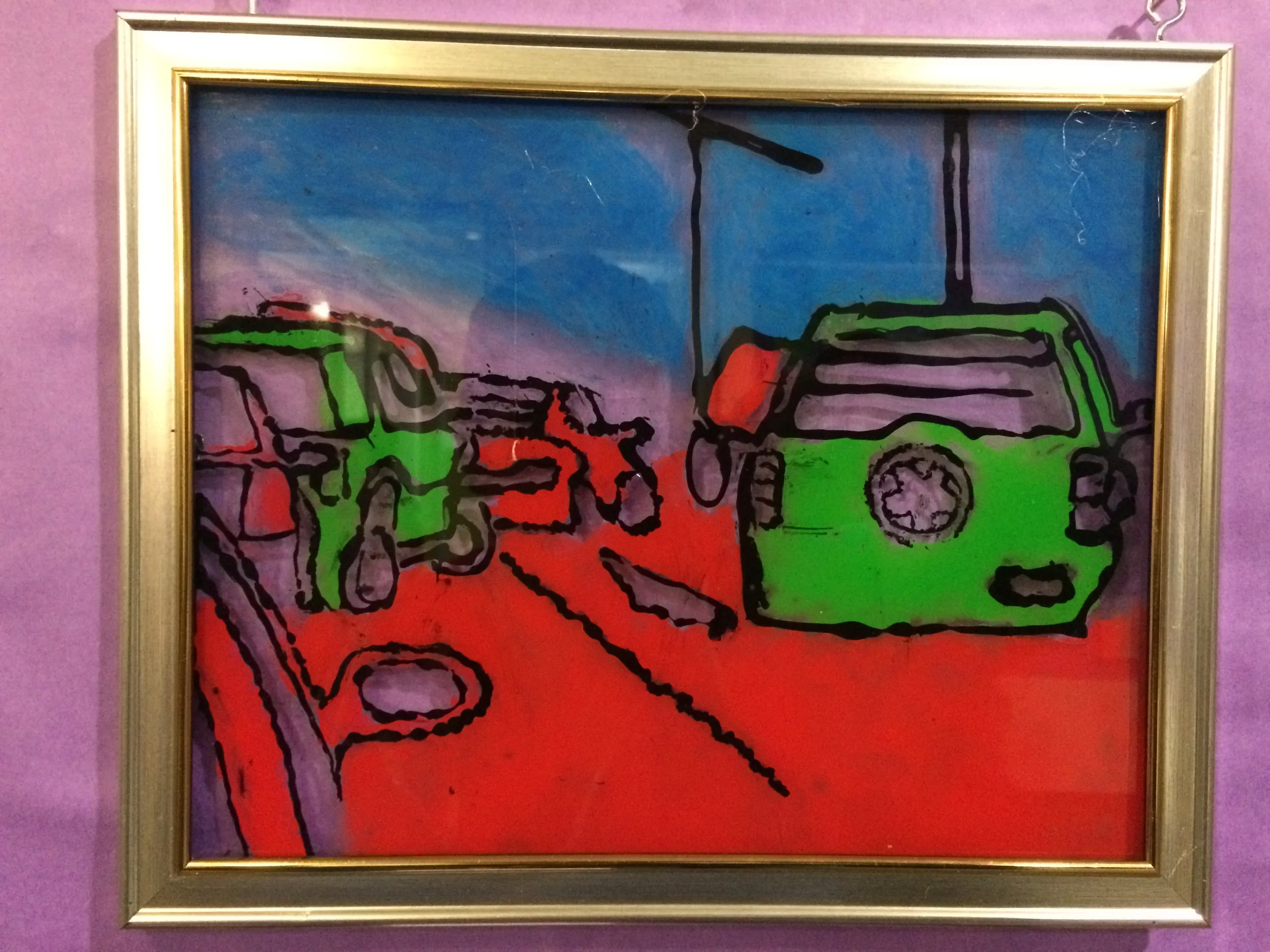
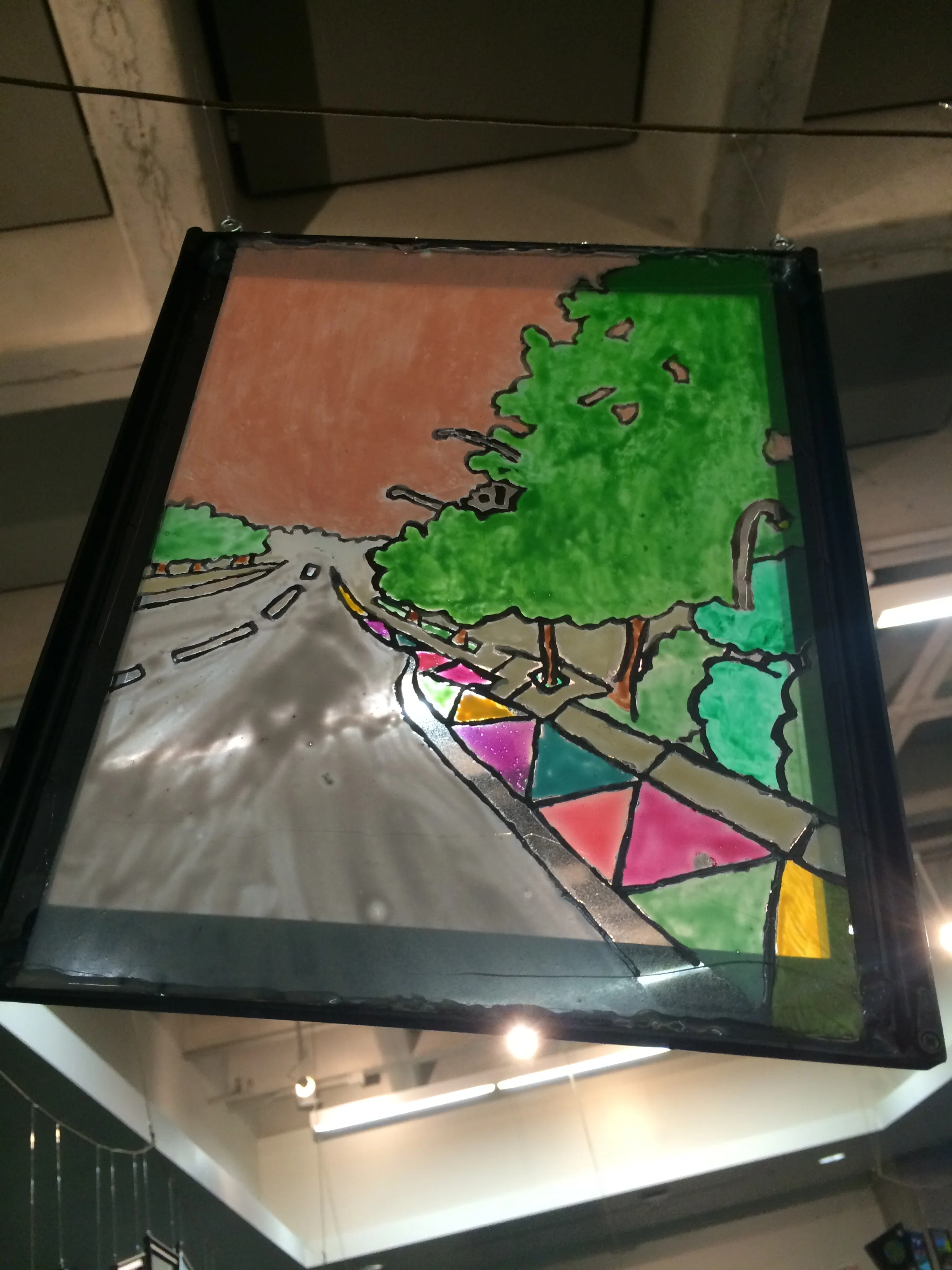

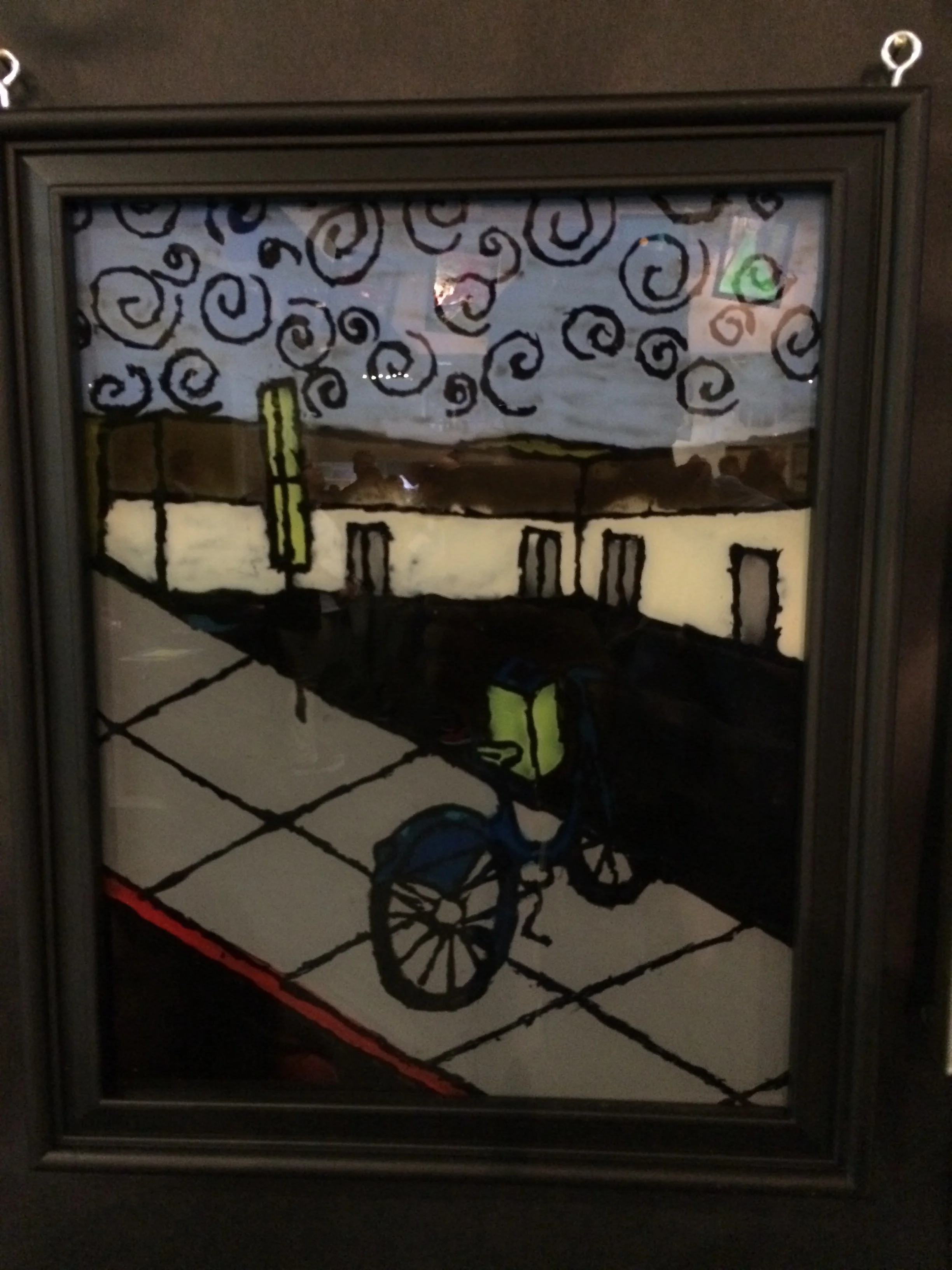
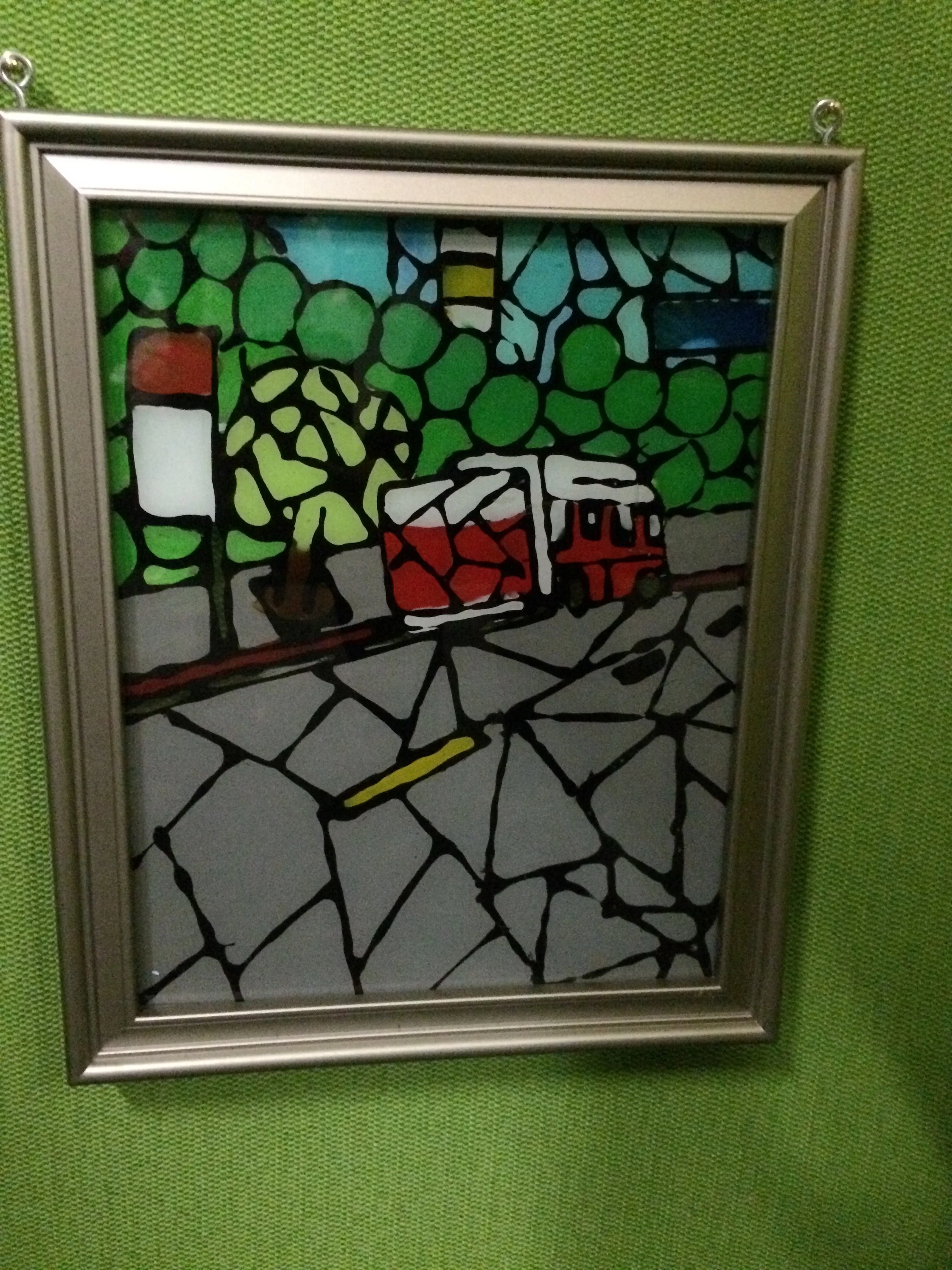
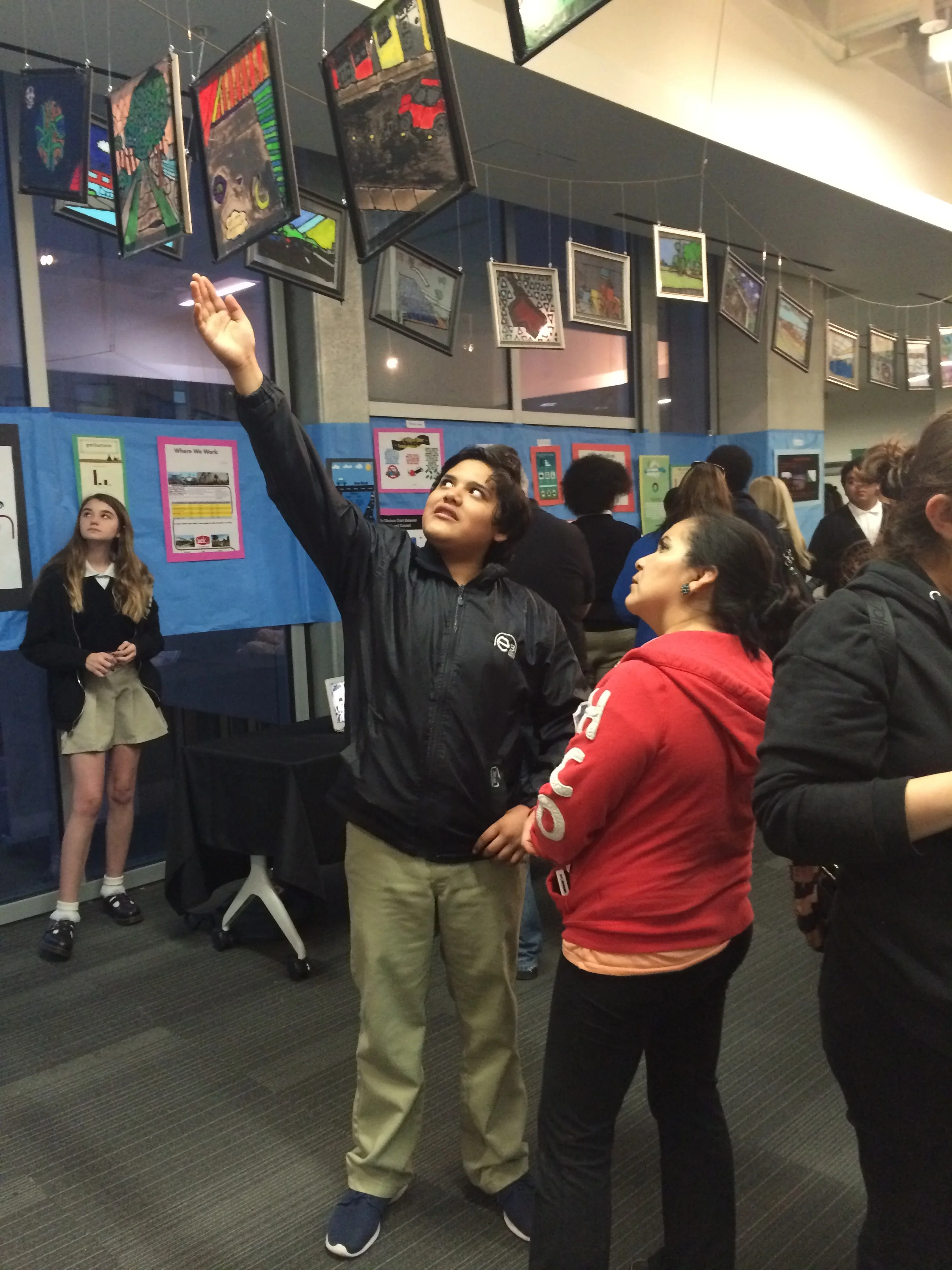
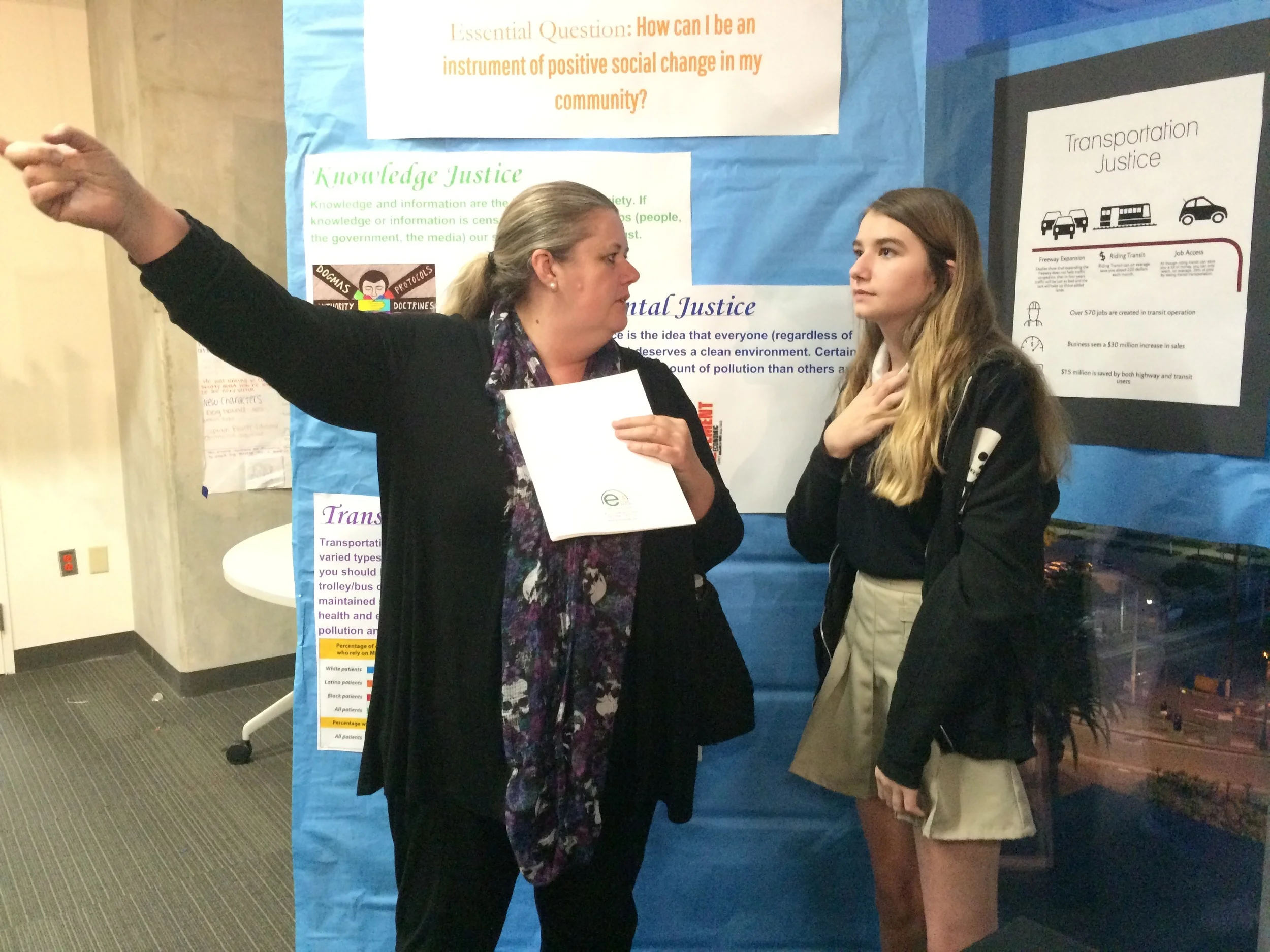
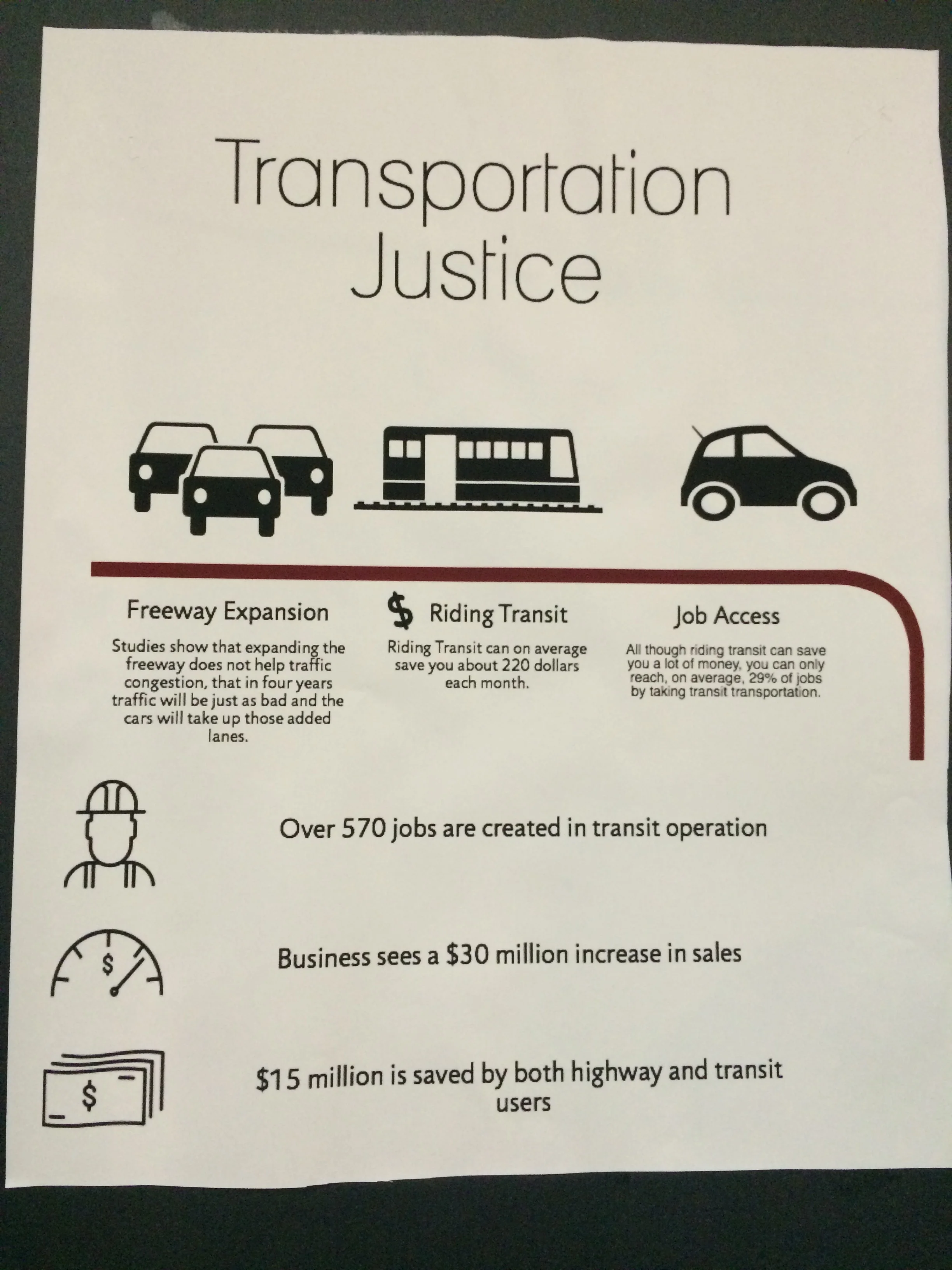
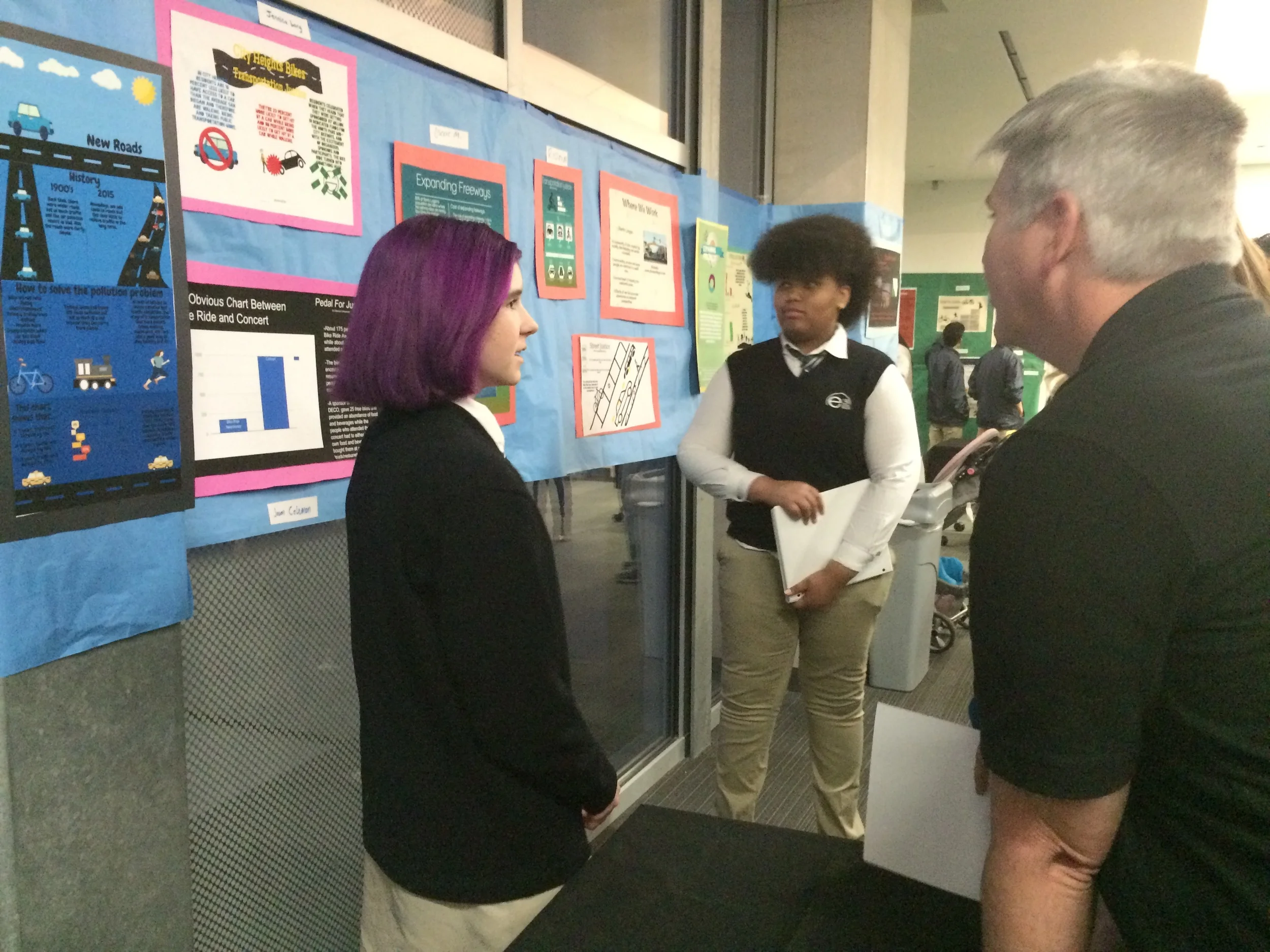
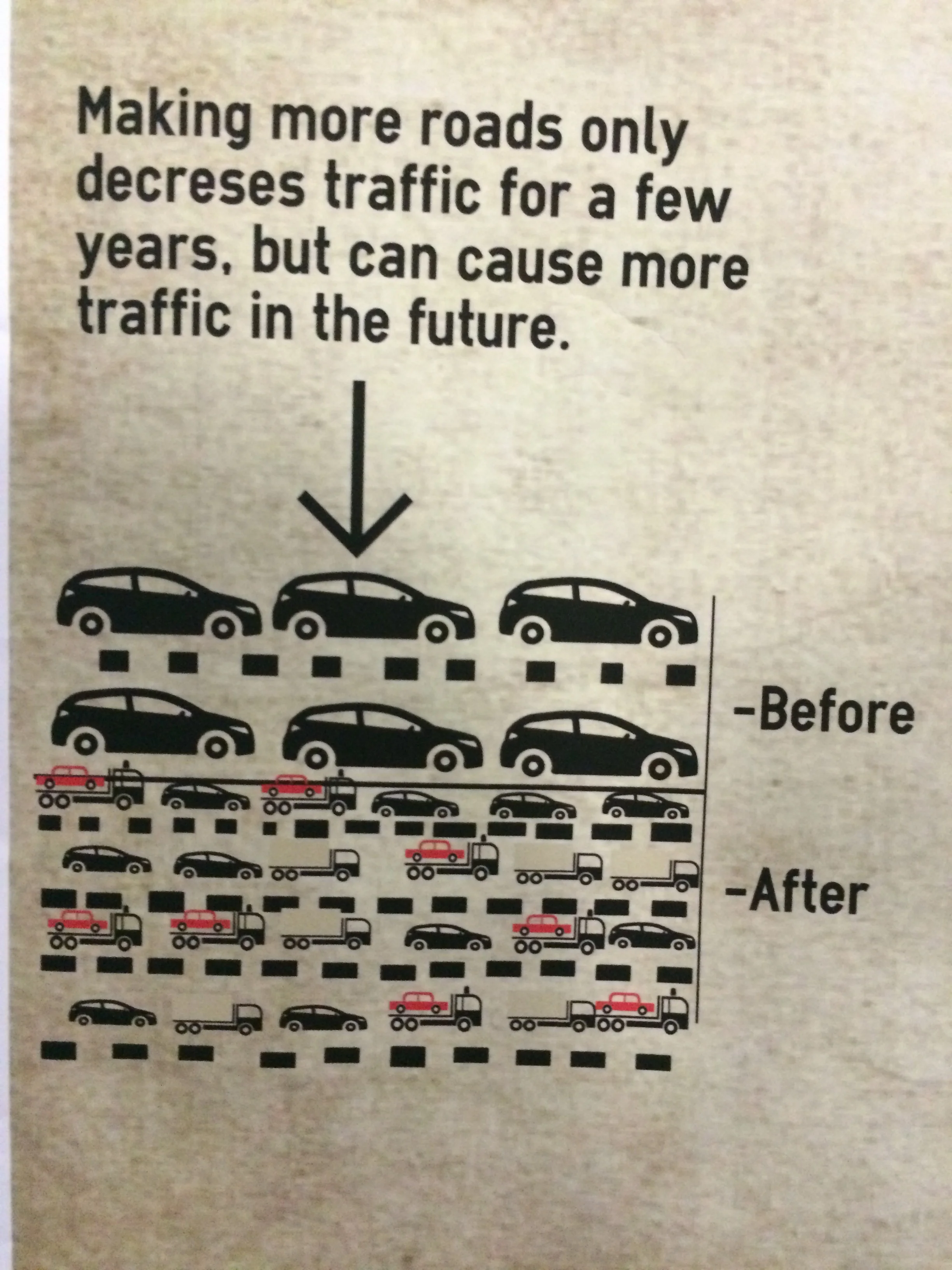








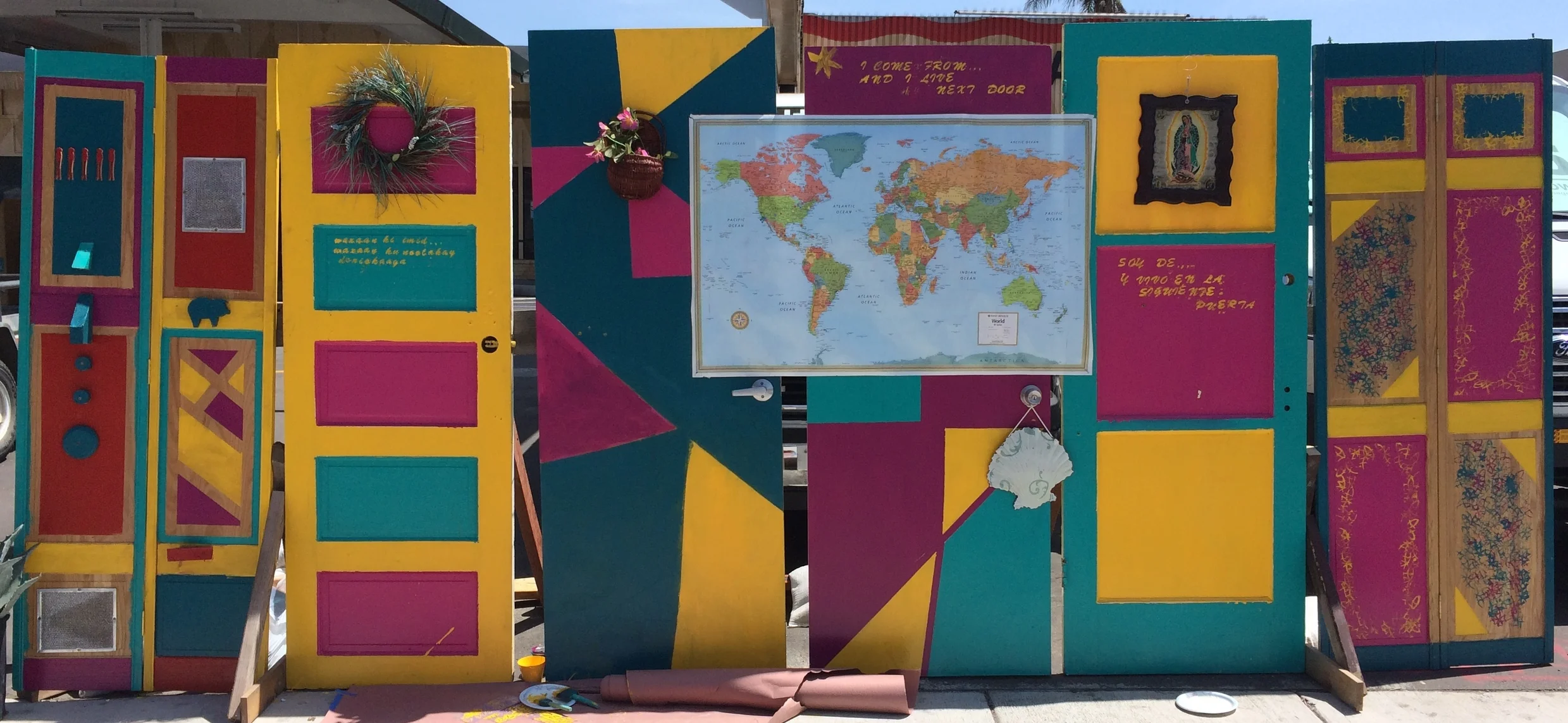
![IMG_0193[1].JPG](https://images.squarespace-cdn.com/content/v1/5484b239e4b0982d899f3c8e/1433396792421-AQSC43M1Y7UCRXBNINXQ/IMG_0193%5B1%5D.JPG)
![IMG_0172[1].JPG](https://images.squarespace-cdn.com/content/v1/5484b239e4b0982d899f3c8e/1433396591644-MYGL7WX275TFU0SYTKYN/IMG_0172%5B1%5D.JPG)
![IMG_0142[1].JPG](https://images.squarespace-cdn.com/content/v1/5484b239e4b0982d899f3c8e/1433396442558-LS7ZQK9KLLJIO2NAZ04B/IMG_0142%5B1%5D.JPG)
![IMG_0162[1].JPG](https://images.squarespace-cdn.com/content/v1/5484b239e4b0982d899f3c8e/1433396463037-SNNJ276FKOZSAL5RVL4Y/IMG_0162%5B1%5D.JPG)
![IMG_0149[1].JPG](https://images.squarespace-cdn.com/content/v1/5484b239e4b0982d899f3c8e/1433396501130-1QIRMBZJLCCLCCA02JPA/IMG_0149%5B1%5D.JPG)
![IMG_0167[2].JPG](https://images.squarespace-cdn.com/content/v1/5484b239e4b0982d899f3c8e/1433396543355-6PIF7QS875EEMQG79RBC/IMG_0167%5B2%5D.JPG)
![IMG_0183[1].JPG](https://images.squarespace-cdn.com/content/v1/5484b239e4b0982d899f3c8e/1433396617416-6NUJHHLE5PS7XP27E7IV/IMG_0183%5B1%5D.JPG)
![IMG_0184[1].JPG](https://images.squarespace-cdn.com/content/v1/5484b239e4b0982d899f3c8e/1433396626607-QFEIFJTG3OYOGBTDD3RH/IMG_0184%5B1%5D.JPG)
![IMG_0176[1].JPG](https://images.squarespace-cdn.com/content/v1/5484b239e4b0982d899f3c8e/1433396663791-677EFIVUM57505XONJOO/IMG_0176%5B1%5D.JPG)
![IMG_0189[1].JPG](https://images.squarespace-cdn.com/content/v1/5484b239e4b0982d899f3c8e/1433396753434-PQ3K64K2YGD6F9JS3GWG/IMG_0189%5B1%5D.JPG)
![IMG_0194[1].JPG](https://images.squarespace-cdn.com/content/v1/5484b239e4b0982d899f3c8e/1433396821201-67DXLSJP1VQRGDM9GBYX/IMG_0194%5B1%5D.JPG)
![IMG_0198[1].JPG](https://images.squarespace-cdn.com/content/v1/5484b239e4b0982d899f3c8e/1433396830136-C2IB07855K3XO6ZUDWZ6/IMG_0198%5B1%5D.JPG)
![IMG_0202[1].JPG](https://images.squarespace-cdn.com/content/v1/5484b239e4b0982d899f3c8e/1433396841570-7X6W1DKXU3U8UOPF5HEK/IMG_0202%5B1%5D.JPG)
![IMG_0206[1].JPG](https://images.squarespace-cdn.com/content/v1/5484b239e4b0982d899f3c8e/1433396888696-TAHFXVF9OAW8NITVUI7R/IMG_0206%5B1%5D.JPG)
![IMG_0185[1].JPG](https://images.squarespace-cdn.com/content/v1/5484b239e4b0982d899f3c8e/1433396640134-8WA6KI76E2JW2HKLJFZW/IMG_0185%5B1%5D.JPG)
![IMG_0186[1].JPG](https://images.squarespace-cdn.com/content/v1/5484b239e4b0982d899f3c8e/1433396734591-IC462T908Y1AF5JNR9LA/IMG_0186%5B1%5D.JPG)
![IMG_0209[1].JPG](https://images.squarespace-cdn.com/content/v1/5484b239e4b0982d899f3c8e/1433396870783-CSODIH5TOPSH6A4TLOIL/IMG_0209%5B1%5D.JPG)
![IMG_0171[1].JPG](https://images.squarespace-cdn.com/content/v1/5484b239e4b0982d899f3c8e/1433396580736-TWH4Q2LQQERRZSBZG3B7/IMG_0171%5B1%5D.JPG)
![IMG_0200[1].JPG](https://images.squarespace-cdn.com/content/v1/5484b239e4b0982d899f3c8e/1433397988648-M31VALMC7FJY3KUL38XT/IMG_0200%5B1%5D.JPG)

